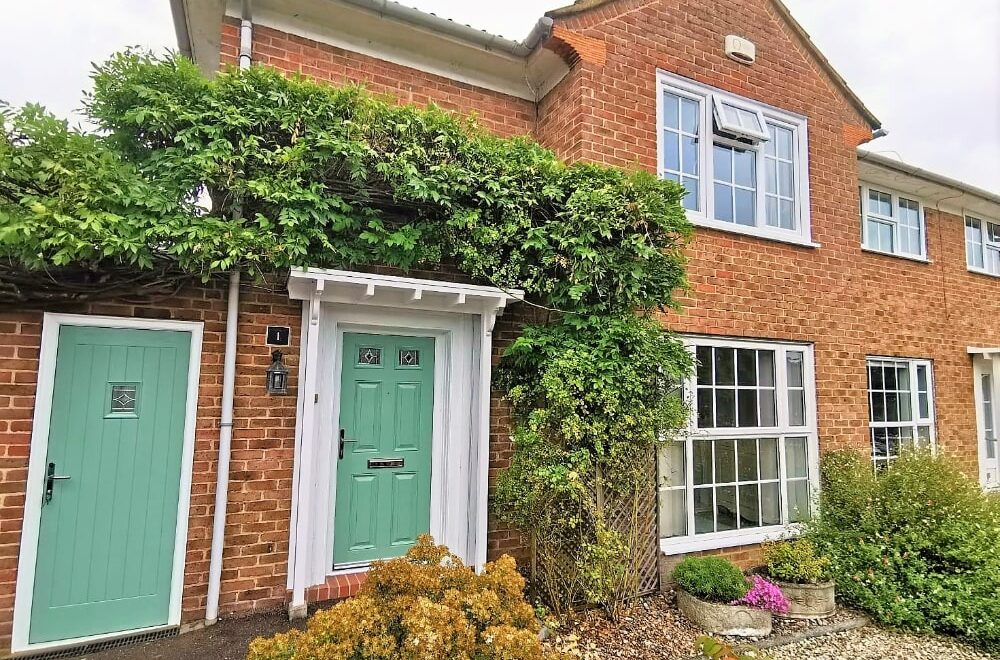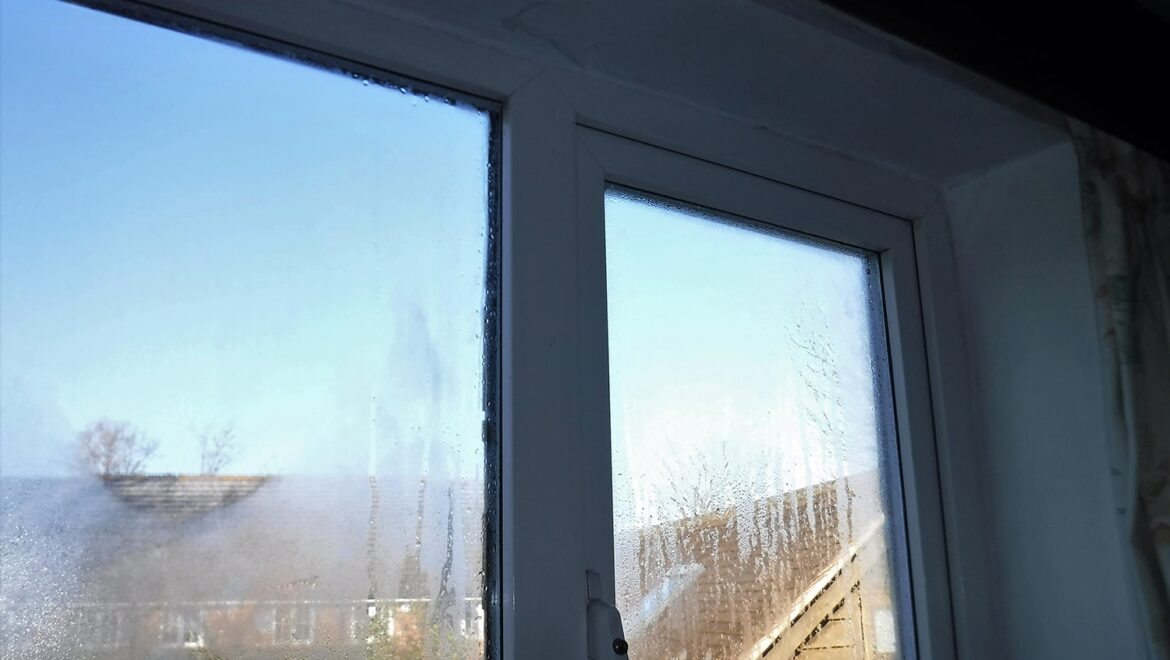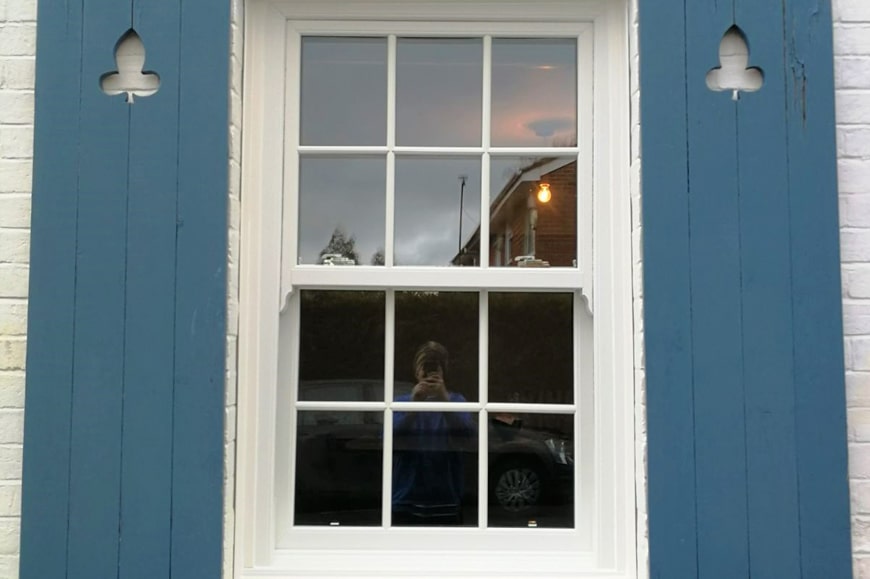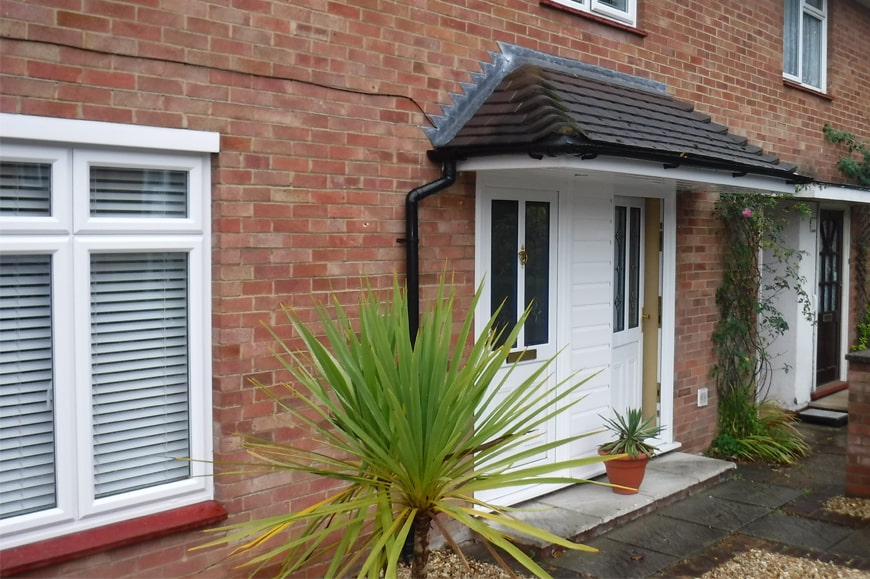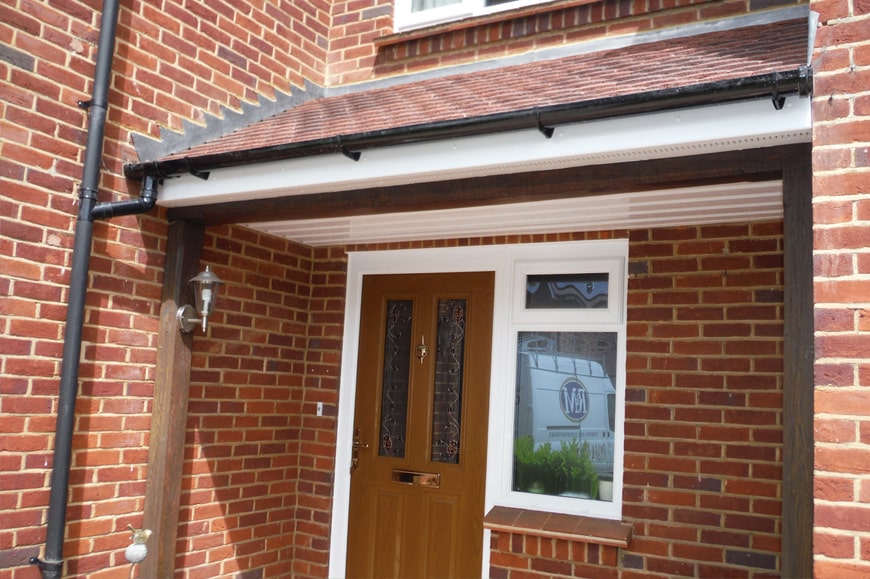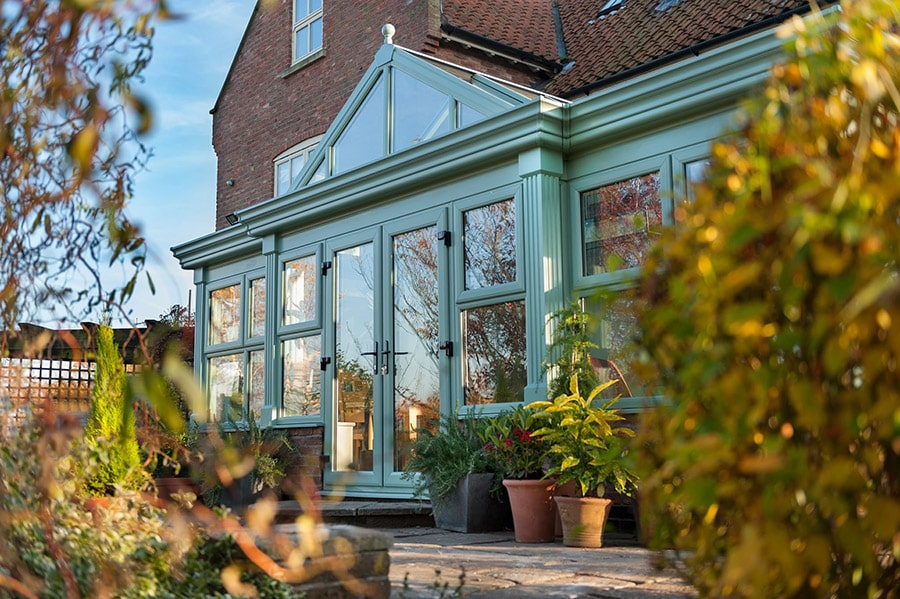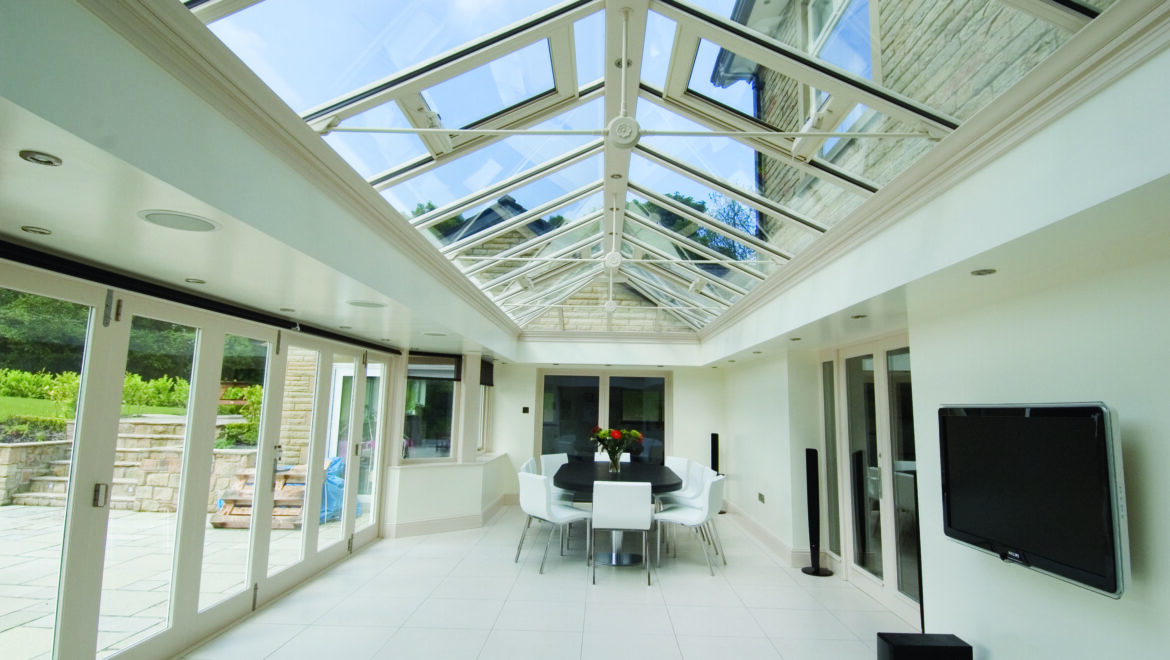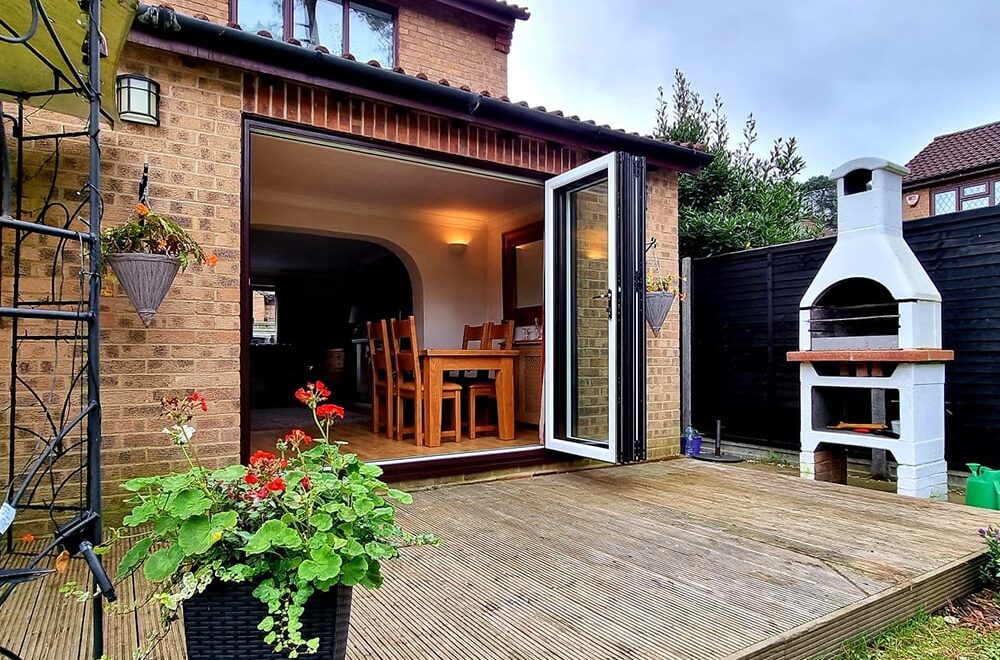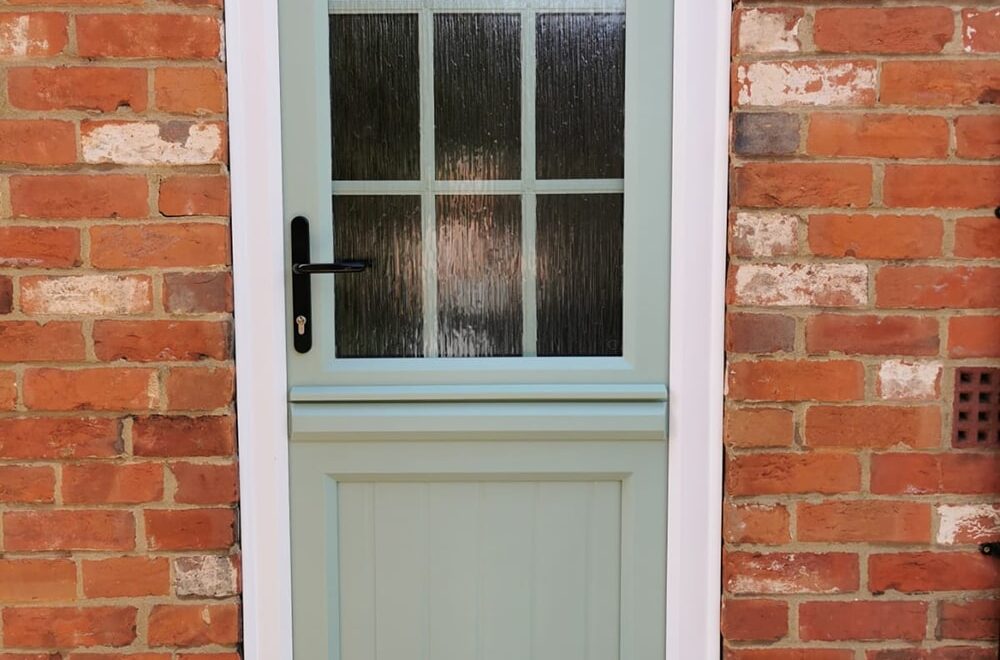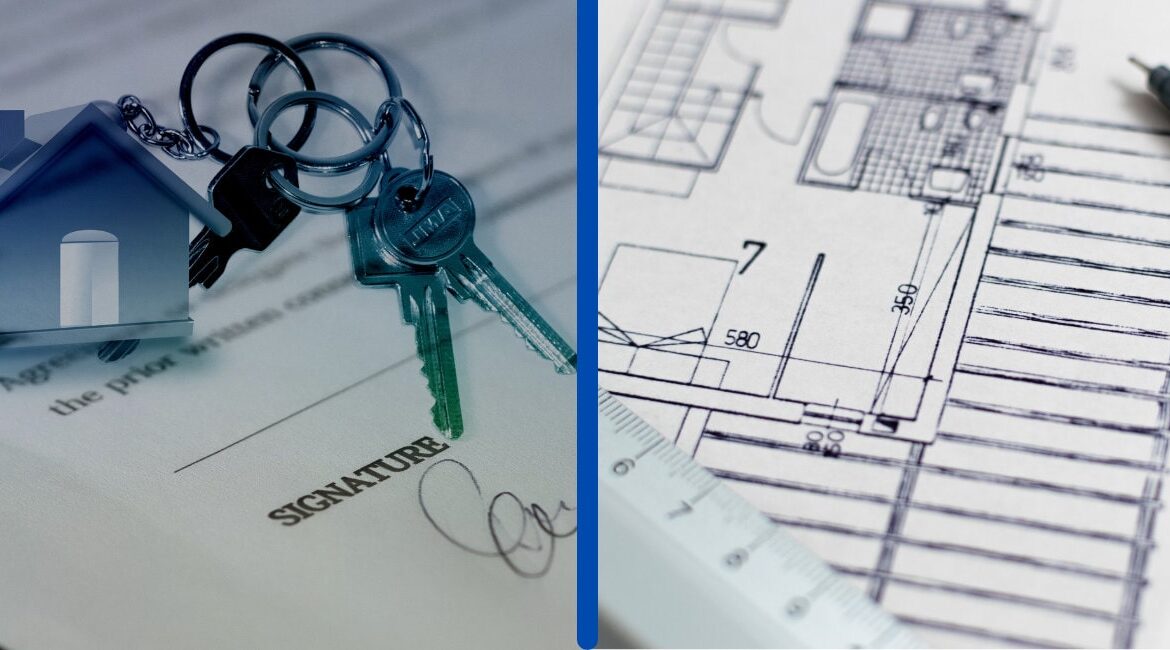It’s that time of year again. The nights are drawing in, Strictly is a few weeks in, Halloween pumpkins are all around and the clocks have gone back; but it’s also a time of year when we get calls from customers asking us how to prevent condensation on their windows. As autumn deepens and winter approaches, these are typically our wettest seasons – so the issue will only worsen if you take no action.
While condensation tends to be worse on single-glazed rather than double-glazed models, it also commonly appears double-glazed units. Technological advances in double and triple glazing mean that if you have newer windows you’re much less likely to experience problems.
What is condensation and why does it occur on windows?
People often ask us why condensation appears on windows.
Condensation is the physical process of gas and vapours becoming liquid. When it comes to windows, excess humidity is usually what causes it to form on windows. As the temperature outside drops and the window glass becomes colder, moist air from inside the home is attracted to the coldest part of the room. Therefore, when comes into contact with the cold glass, it condenses and forms the water droplets/ condensation.
Causes of moist air
These can include:
- Heavy breathing
- Drying clothes
- Bathroom steam
- Cooking
- Appliances like washing machines and tumble dryers
The different types and locations of window condensation
When you’re working on how to get rid of condensation on windows, it’s important that you note which surface of the glass it forms on, since this is a key indicator of its cause, giving you the best chance of identifying how to prevent condensation on windows.
Internal window condensation
When condensation appears on the inside of the glass in your home (rather than the outside), it is generally down to excessive moisture in the house, i.e. vapour. It usually occurs in the winter when the warm air inside condenses on the cold windows.
With single glazing, the internal surface of the window is much colder, meaning single-glazed windows are more prone to condensation. However, it still occurs on internal glass on double and triple-glazed units, although this is more common on older models.
Within the glass unit (i.e. between the glass panes)
If you notice condensation between the two (or, obviously, three in the case of triple glazing) glass panels, this usually indicates a broken seal. In this case, you will need to replace your glass unit.
External glass
If your windows have condensation on the external glazing, this means your windows are performing well and are preventing heat loss from your home. It’s more likely to appear on the outside of newer, more thermally efficient double glazing than older models. This is normal and will subside when the outside temperature increases during the day.
How to get rid of and avoid condensation on your windows
The main way to avoid condensation on your windows is to increase ventilation. Here are some of the best ways of improving ventilation and, in turn, reducing condensation on windows:
1.) Fit trickle air vents on double or triple-glazed units
Trickle vents enable you to create a small opening to allow excess moisture in the home, to escape outside without opening the window. This moisture then does not settle on the glass, preventing or reducing condensation on windows.
Since June of this year, the building regulations have changed and we now have to include trickle vents on any new windows we fit. However, there will be plenty of existing windows without them. It may be possible to install trickle vents on existing windows but if not, new windows would be required.
2.) Keep windows ajar
Even if you only open windows for a short time each day, and only slightly, it can help reduce airborne droplets and so minimise the beads of water on your windows. Be choosy about doing this in high-moisture spaces like bathrooms, bedrooms and kitchens.
3.) Install cooker hoods
Cookers are a key source of airborne moisture in kitchens, ensuring use of cooker hoods and extractor fans makes a difference when tackling the issue of condensation.
4.) Draught-proof internal doors
Particularly in the bathroom and kitchen, draught-proofing internal doors and keeping them closed to contain the moisture makes a significant contribution to stopping condensation from beading on windows in neighbouring rooms.
Can condensation on windows cause damage?
Condensation on windows can damage both your home and your windows. In some cases, for example where it leads to mould in the home, it can even affect your health, which is why preventing condensation on windows is always better than cure. Some of the issues window condensation can cause include:
Mould: Condensation can cause mould in your home and black spots on the walls. Breathing in mould particles can be disastrous for health, with issues developing over time. Unfortunately, if condensation is behind the mould, simply removing the mould doesn’t fix the problem – you need to tackle the root cause.
Damage to windows: Over time, condensation can damage your windows, rusting metals and affecting the seals, too. If you have timber windows, condensation may cause them to rot.
Damage to plaster and walls: If condensation on windows remains unresolved, it could damage the walls and plaster surrounding the windows as well as across other areas of your home.
Damage to paintwork: Condensation can cause paintwork to peel. Not only is this unsightly, but it can also be costly to fix.
Will new windows really make that much difference?
Clearly, replacement windows are never going to be cheap, so won’t be an option for everyone. However, if your windows were fitted 10 years or longer ago, and your budget permits, upgrading your double glazing is often the easiest and most effective solution.
Technological advances in double and triple glazing mean that newer versions are far less prone to condensation. What’s more, their energy efficiency is much better, leading to long-term energy bill savings, plus enhanced security.
We would point out, however, that condensation does still happen, whatever windows you have, since it depends on the volume of moisture in the air in your home and the amount you ventilate.
Talk to us about minimising window condensation
If you’re experiencing condensation on your windows and want to upgrade them to newer models, we’re ideally placed to advise you on the best models for your home and keeping this problem at bay, while also increasing energy efficiency.
We also supply a range of doors including front and back models, and these often help reduce condensation on windows. Older doors particularly frequently have droplets beading on their glazed panes.
We’re based in Bracknell, but cover other Berkshire towns, including Wokingham, Windsor, Maidenhead and Ascot. Contact us to learn more about our high-quality replacement units and take the first step to reducing condensation on windows in your home.

